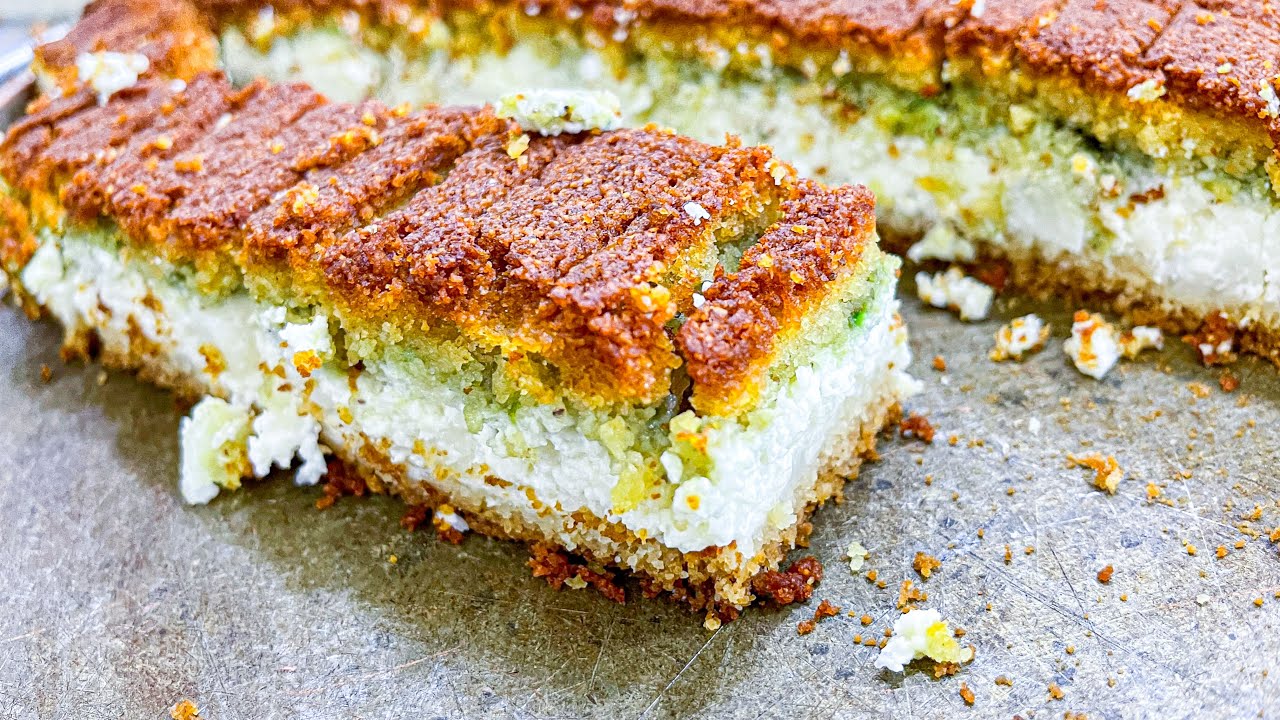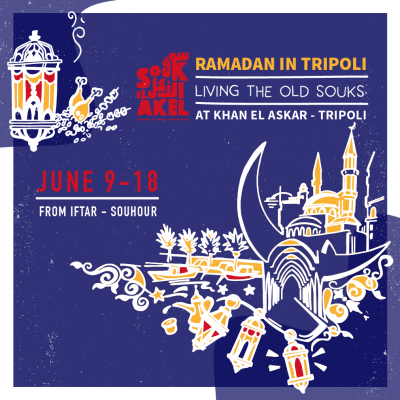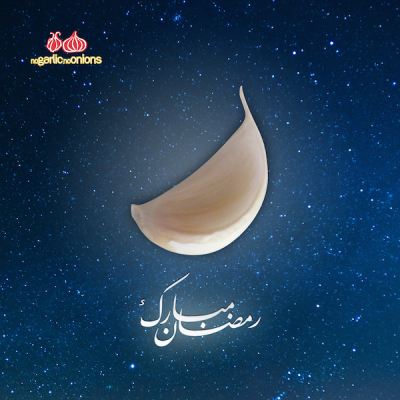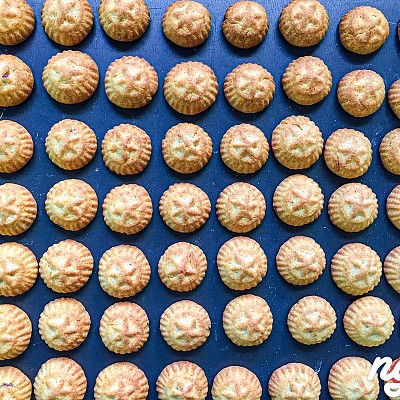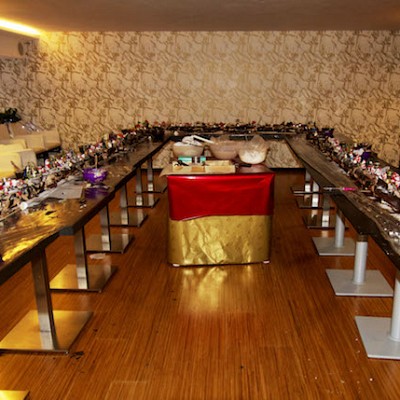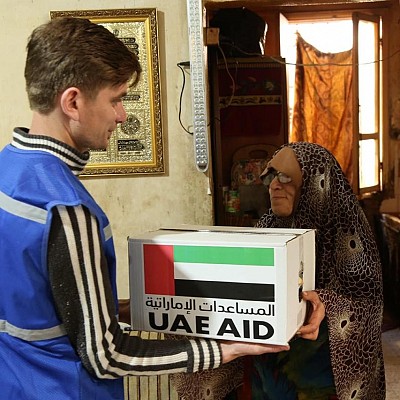Every year I visit Saida during the month of Ramadan. This year was no exception!
I met up with Mohammad Kawtharani, owner of Mido’s. Mohammad had 5 charitable kitchens in mind for us to visit in Saida. On our way, we were going to stop at a few places to try some sweets. We stopped at our first charitable kitchen at the Martyr Rashid Broom dispensary. This kitchen started its operations on the 10th of February 2020. The kitchen operates year-round not just during Ramadan. However, for Ramadan, they decided to reach out to even more people, about 700 to be exact. We met chef Mohammad Merhi who volunteers at the kitchen for 3 hours a day. He explained that the goal was to make dishes that people could no longer make at home, meat-based dishes. Sanaa Dabagh, who was in charge of the kitchen, explained that it was of utmost importance that people knew that when accepting aid, their pride remains intact.
We passed by Drop, a self-service coffee shop, to grab an espresso. The place was simply designed, and the coffee was great. Then, we headed to our first sweets destination, Hunchies. Hunchies is a pastry shop specializing in western desserts. At Hunchies, Khaled Wehbe, the co-owner, explained that for Ramadan, they decided to fuse between western and easter desserts. I tried a dessert with 3 layers: a crispy layer, pistachio paste, and ashta (a thick clotted cream) topped with nuts. The crunchiness of the crispy at the bottom paired well with the softness of the ashta. It was not overly sweet. The second piece I tried was a rice pudding-like creation with fruits. It tasted fresh.
We stopped at Pepo’s diner, which gained fame in 2014 for its huge burgers. The diner currently only offers delivery via the Toters app. The owner told us that the menu was reduced because of the economic situation.
We headed to Naeem Catering center in Abra, Saida, run by chef Naeem Abi Dahr. The kitchen has been operating for 5 years. They make hot meals for families in need, in Saida and the surrounding area. They also sell frozen foods like kibbeh, cheese rolls, stuffed vine leaves, and more. For Ramadan, they were able to make about 200 meals a day. I tried out some of the food. The stuffed vine leaves were perfectly wrapped and well-cooked. The pan-fried stuffed intestines were phenomenal. The day’s main dish was rice with minced meat topped with more meat and nuts.
Next, we headed to Al Baba Sweets’ new location in Saida. One of the first owner’s grandchildren explained that Al Baba Sweets opened in 1950. It was later passed down to his children and their children. The branch’s design is more modern than the other branches. The pastry chef assured us that, despite the economic situation, they still use the same ingredients and have maintained the same quality as before. They have the traditional Ramadan sweets such as kellej (ashta filled fried dough) and desserts with an innovative fusion of eastern and western styles such as tart karabeej ( a type of ma’amool stuffed with pistachios) and mille-feuille with dates.
Gharamti and Kablawi Sweets was our next stop. This place is famous for its knefeh; it is one of the few places in Lebanon that makes knife nabulsiye. The place also sells ma'amoul with pistachio paste and ashta cream, and many other varieties. All I could wish for was a year-long Ramadan so I could have these delicious desserts all the time. I also tasted the knefeh, with its perfect balance between savory and sweet and its stringy cheese.
We also stopped at Mohammad Kablawi and Sons Sweets. The shop has been open since 1976. It was recently renovated. The display looked amazing. They have a specific wing just for ashta. They also make katayef using a batter dispenser. I got to make one of my own, which I filled with ashta, sprinkled with pistachios, and drizzled with simple syrup before devouring. It was as soft as a pillow. I also tried their sweet cheese dough. These were shiny and shredded, just like they should be. They had a great texture. I also tried the rolled variety which was equally great.
We headed out to the next charitable kitchen at the Muslim Scouts' southern center. For Ramadan, the scouts started a couple initiatives including a charitable kitchen, which makes daily meals for 200 people, Suhur for about 150 families, and an initiative that distributes vegetables to families in need. We toured the kitchen and watched the scouts at work. The scout leader told us that the charitable kitchen started operating 2 weeks before Ramadan. The goal was to reach out to 200 families daily, whether that be for lunch or iftar. They’ve reached 6,500 people. They’ve delivered food to 1450 families every day.
Coming to Saida means strolling through the old souks. While walking around, we decided to stop at Al Badawi, an 80-year-old family-run place that makes all the Ramadan drinks you could think of: jellab, tamarind, carob, etc. We had to stop at Abu Hassan el Habsh’s house for some of his amazing ma'amoul. He’s truly the king of ma'amoul. The ma'amoul was light in sugar, the pistachios were of great quality… it was amazing! We ate katayef filled with ashta at my friend Bdih’s place. Then, we headed off to our next charitable kitchen. The Saida Youth organization has opened up a charitable kitchen for the second year in a row during the month of Ramadan. Mahmoud Damouri, one of the members, gave us a brief glimpse of what they do. The kitchen feeds about 350 people from 50 to 80 families. The organization has several teams. Chef Mahmoud Younis starts cooking at 9. After that, the preparation team shows up to make salads and handle packaging. Once that’s all done, the distribution team delivers the meals.
Of course, we stopped at Mido’s. When we went in, Mohammad Kawtharani explained that they were amidst fixing up the place for after eid but were offering delivery and take-away. For Ramadan, they had a meal box consisting of a salad, 8 crispy pieces, 2 burgers of any kind, Angus beef not included, a box of wedges, and a box of fries only for 100,000 L.L. I sat down to taste the burgers. The mushroom burger had a thick patty. For a finger-licking chicken burger, you know where to go: Mido’s! We also went to Palamera where we met the owner, Wassim Hakim. The restaurant serves international dishes including Italian, Chinese, Mexican, and Spanish as well as seafood. For our visit, we had chicken curry, paella, bruschetta, rocket leaf salad, and Fettucine. The rice was rich and flavorful. After a great meal, we walked around Saida’s Food Truck.
After iftar, we went back to Saida’s old souks to watch as people gathered around and spent their night there. A man I had seen preparing fava beans during the day was selling them. The place was bustling with life. Kids were playing on swings and running around. At the souks, we had some lemonade at Bab el Seray cafe.
We ended our night at the Bahaa El-Din el Hariri mosque, where people were praying Taraweeh prayers.
For a change of scenery, you should definitely visit Saida during Ramadan!


















